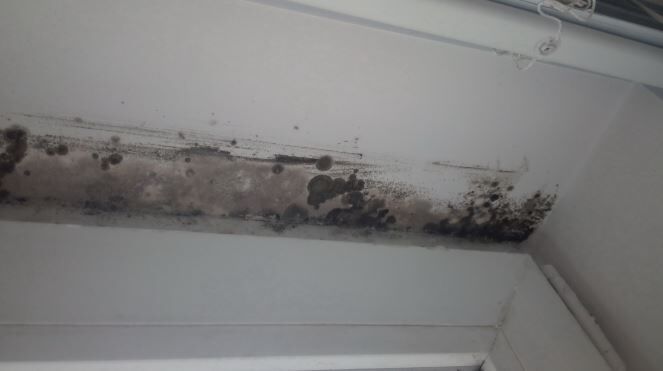
Indoor exposure to mold has been found to cause different upper respiratory tract problems, wheeze, and cough even in healthy people.
A cracking foundation, humidity during summer, spring showers, and flood can all take their toll in your basement, particularly its moisture levels. And when there is moisture, you can expect mold to thrive as well.
To prevent mold after basement flooding, there are several steps you can take to keep you and your family safe from different health problems mold can cause.
Turn Off Electricity in Your Basement
Human skin, electricity, and water don’t play well together so always steer clear and switch off your home’s electricity before you go to your basement. As it will naturally be dark in the basement, make sure you use battery-operated and high powered flashlight. There are new affordable LED versions that can give you enough lumens.
Pump Water Out of the Basement
Pump out the water from your basement with a gas-powered water pump. While it may still leave some standing water on the floor, the water pump will at least let you step into your basement. Try fixing your sump pump then and let it pump out the rest of the water. You can also use dry or wet vac to pump out the water. Don’t forget to remove the filter of your vac if it got one since it is not meant to get wet and water will only ruin it.
Get Rid of All Wet Items
It is a painful step but is extremely necessary. Move all the stuff you have in your basement to a dry spot. The driveway or your garage will do. This is because you have to clear up enough space for the rest of the steps. Ask help from your family or friends for this step since you will move furniture or boxes. Working with several pairs of hands can get things done faster as you only got 48 hours before mold starts to grow.
Clean the Floor and Walls
Use soapy and warm water to clean basement floors and walls. Give them a nice scrub to get rid of any grime or dirt. If your carpet is soaking wet, pull it up and allow it to dry separately by placing it outside or in your garage. You will also want to pull up the padding as it can act like a large sponge and hold up lots of water. Form a tent with the pads and carpets for air to travel over on both sides.
Allow Air to Move Around and Eliminate Excess Moisture
After you removed all water from your basement, you should allow air to move around to get rid of excess moisture. You can expect the fastest results from industrial blowers. But, if you are on a tight budget, fans will do as long as they are powerful enough and are close to your floor. You can use a dehumidifier to wick excess moisture from air. Make sure you change the dehumidifier fan on a regular basis since a flooded basement can create lots of air moisture and this pan may fill up quickly.
A wet and moldy basement could be a sign of more significant problems. In that case, contact a foundation repair specialist in Cleveland, Ohio for assistance.

